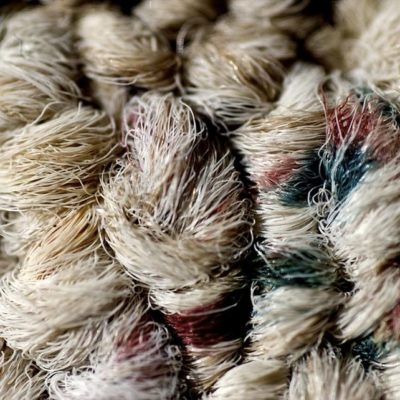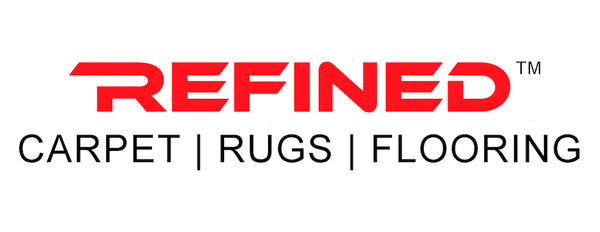
Understanding Wool Fibers
Wool is actually the most commonly used natural fiber in carpeting. While synthetic fibers make up the vast majority of the rug and carpet fiber market, wool for sure has its own niche in the marketplace and continues to be a demand as premium fiber option.
Characteristics of Wool Fibers
Natural fibers such as wool have several key differences from synthetics.
Strong and Durable
Wool is a naturally resilient fiber, although not as highly resilient as nylon fiber. Wool generally has good texture retention, which is the ability of the fiber to retain its original appearance. As such, wool rugs are for the most part pretty durable and strong, although wool’s resistance to abrasion is not as high as that of nylon or triexta.
High-Maintenance
Unfortunately, it does require a bit more work to maintain a wool area rug compared to Karastan Rugs created of synthetic fibers. In addition, wool rugs must be professionally cleaned by cleaners who have experience in working with wool carpets. As a natural fiber, wool carries a slight risk of shrinking under improper maintenance, so it is essential that it is treated and taken care of properly, by professionals who are familiar with the fiber and who can clean it effectively without damaging the rug.
Additionally, it is worth mentioning that wool carpet will shed. Wool is a natural staple fiber, and so is prone to shedding. Staple fibers are short, and so many are left “unattached” during the manufacturing process. A variety of fibers shed from the carpet will diminish over time, and shedding doesn't mean that your Karastan Rug is falling apart, but it can be bothersome and annoying to clean at first.
Stain Resistance
Wool is less stain resistant than most synthetic fibers. Additionally, wool is very absorbent, so it can sometimes be hard to remove stains once they have been absorbed by the fiber. As with all fibers, the best method of preventing a stain when a spill happens is to treat the spill as quickly as possible. If the substance is allowed to soak into the fiber, it may not come out.
Soil Resistance
Soiling is different from staining. Wool does have an exceptional resistance to soiling. Because wool is a natural fiber, the fibers have microscopic scales. These scales help to prevent dirt from embedding in the carpet fibers. Furthermore, the scales disperse light, so that any soiling that does occur on the wool is masked.
Flame Resistance
Wool’s flame resistance is worthy of note because it differs significantly from synthetic fibers in this regard. Wool will not burn; rather it will char (blacken). For example, a lit cigarette dropped on the carpet will likely leave a noticeable mark, but will not cause a fire as a result,
Natural Humidifier
As mentioned above, wool is highly .While this is not a very desirable trait when it comes to staining, it can be beneficial for the household environment. When the air is humid, wool rugs have a tendency to absorb the excess moisture in the air. When the air is drier, the fibers will release the moisture, as a result, helping to keep the home’s moisture levels in balance.
In humid climate zones, with consistent year-round temperature and humidity levels, the use of a dehumidifier in the home would be suggested to avoid the same dangers of mildew and mold.
Wool Has A High Cost
Wool unfortunately is one of the most expensive area rug fibers. Generally, it is much more expensive than synthetics, including high-end nylons..
In Conclusion
Wool is seen by a handful of individuals as an investment, which clearly justifies the high price tag. When choosing according to household conditions and properly maintained, it is true that wool carpeting can last for variety of years. However, for busy households prone to spills and high traffic, a synthetic carpet may be a better alternative decision.
